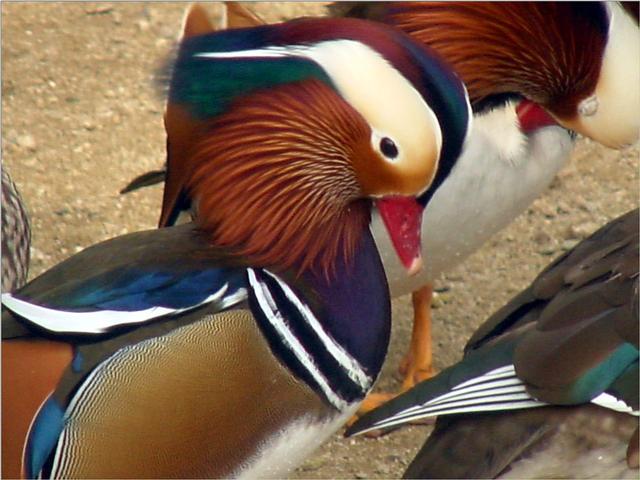|
| Query: bird | Result: 3245th of 32675 | |
Mandarin Ducks (12/20) -- 원앙
| Subject: | Mandarin Ducks (12/20) -- 원앙
| | Poster: | Jinsuk Kim (jinsuk@MailandNews.com)
| |

| File size : 50166 bytes
File date : 2000:11:21 21:55:59
Resolution: 640x480
Jpeg process : Baseline
Posted Newsgroups: alt.binaries.pictures.animals
Posted Date: Tue, 21 Nov 2000 21:52:11 +0900 |
Mandarin Ducks (Aix sponsa)
Taken with Sony MVC-CD1000 at Chungnam Forestry Museum, Korea.
I visited the museum last Sunday and amazed with these creatures.
This image is released to the public domain.
Feel free to distribute it.
My photograph page at http://www.jinsuk.pe.kr
------------------------------------------------------------------
Jinsuk Kim, WebMaster of the Animal Pictures Archive
http://www.jinsuk.pe.kr http://AnimalPicturesArchive.com/
jskim@AnimalPicturesArchive.com, jinsuk@MailAndNews.com
------------------------------------------------------------------
filename="Korean_Bird-Mandarin_Ducks_JS012-by_Jinsuk_Kim.jpg" |
^o^
Animal Pictures Archive for smart phones
^o^
|
|

